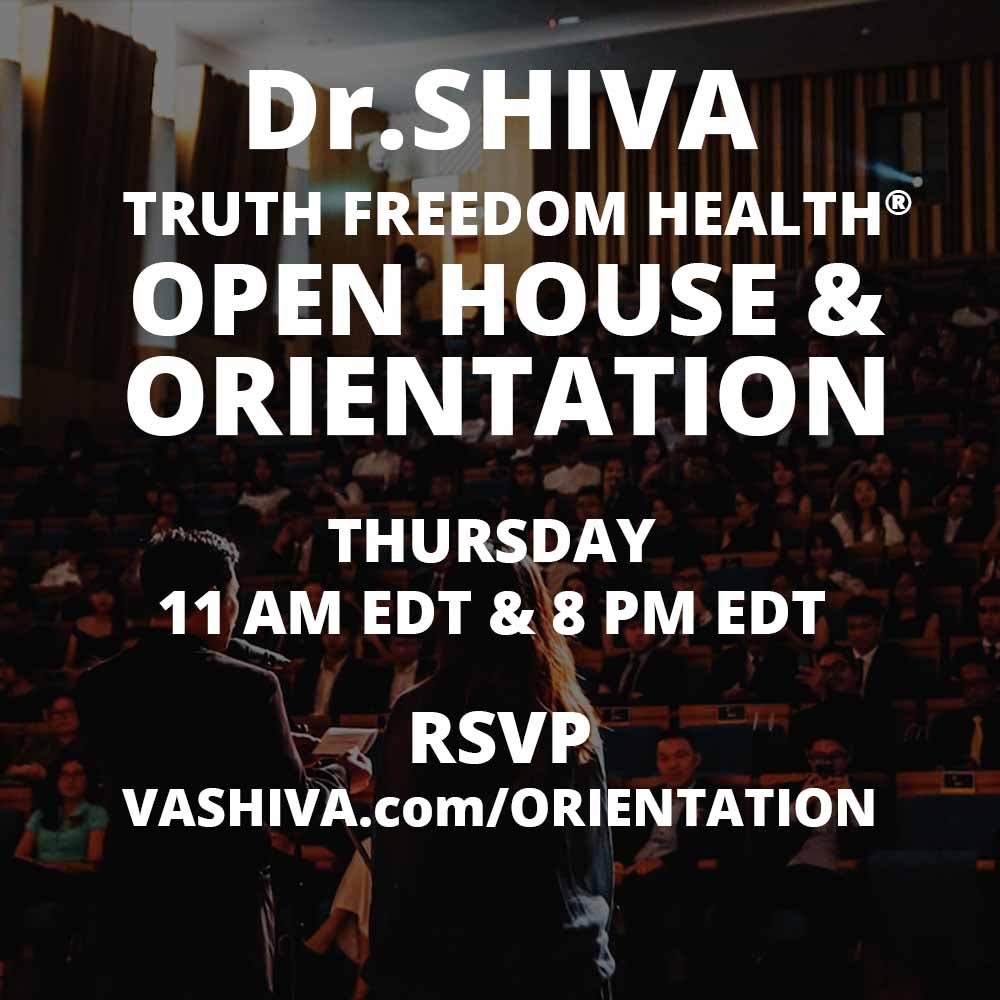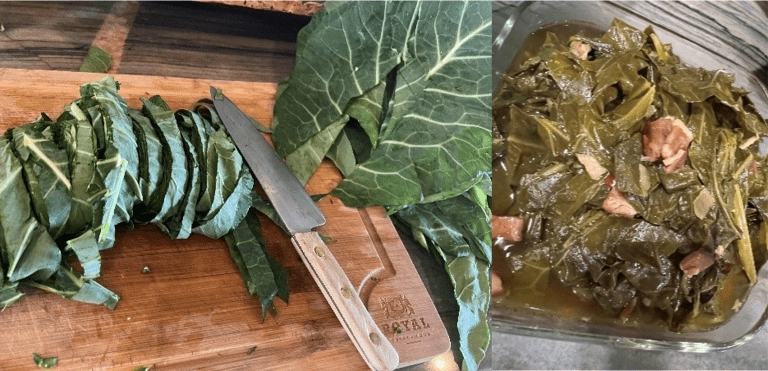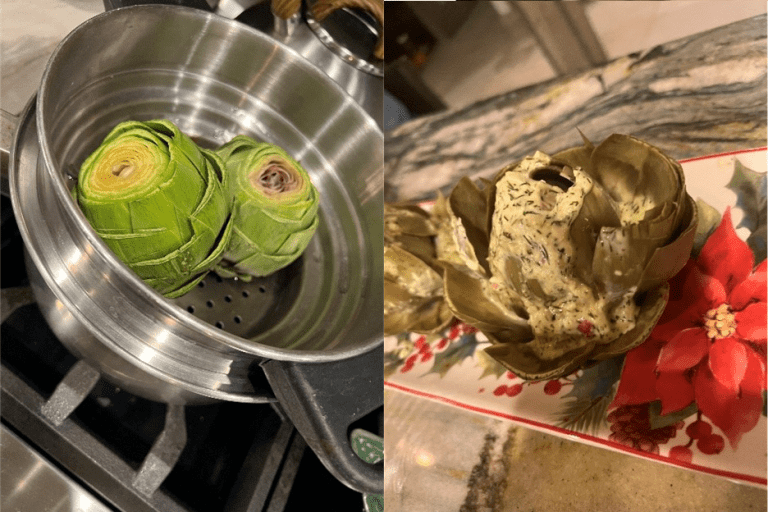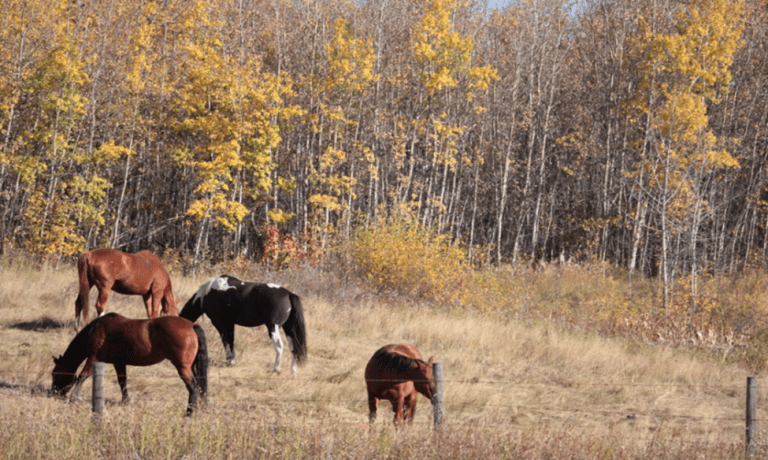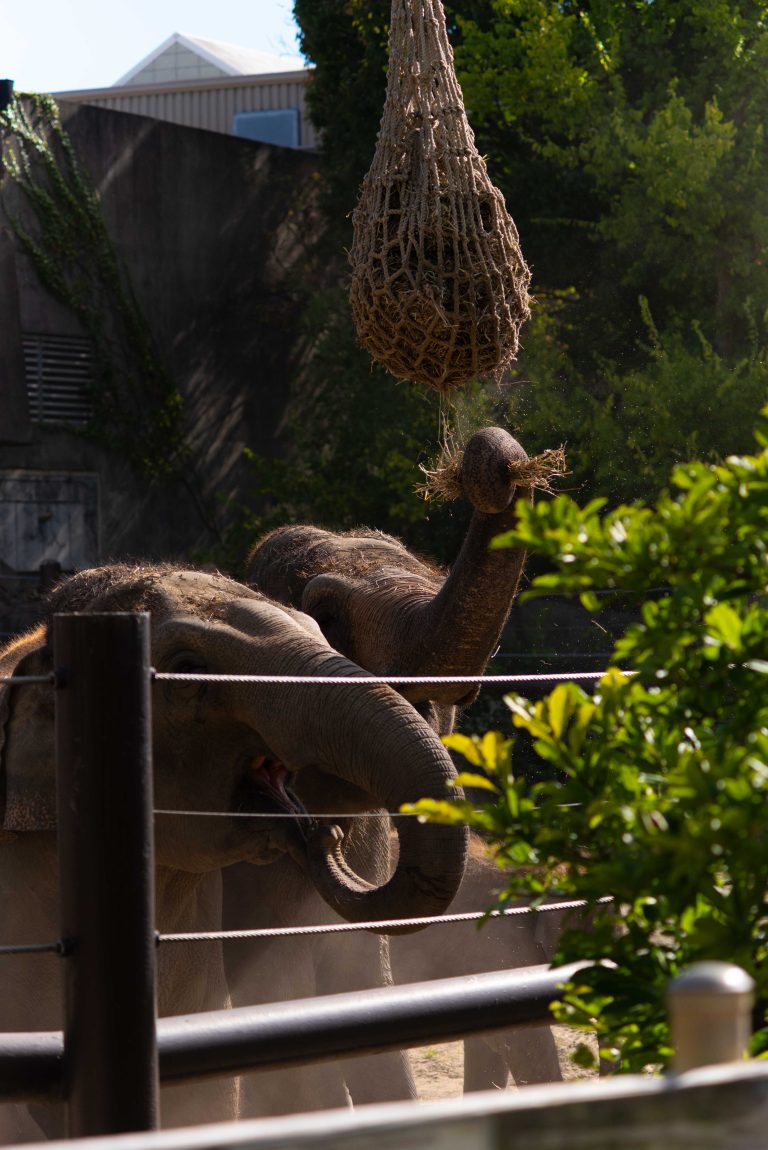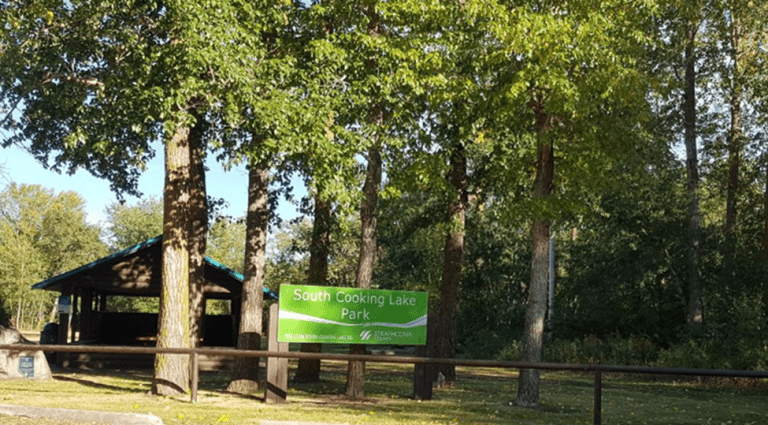- In the early 1900s, crofters and “parasites” began to support the political left because it promised to give them land of their own, thus they could start having influence in society
- The workers were not part of any order, although they were the largest group in society
- About 39,000 people died in the 1918 Civil War
- Around 12,500 Red prisoners of the war died of malnutrition and disease in camps
- The red prisoners’ relatives were denied bringing food to them
- There were practically concentration camps, 64 of them
- Some of the priests took sides, participated in executions, didn’t bless the mass graves or Reds
- The Germans came to help the Whites, so there were both Russian and German groups in Finland
- The people who refused to take part to the Civil War were called the “Cone guard”
- The was a giant divide of people before the Civil war and the divide continued after it
- Generational trauma affecting four generations to come

List of wars in Finland in the 20th century:
- 1905 General Strike and the process towards independence from Russia
- The civil war in 1918
- Winter War 1939-40 and
- Continuation War with Russia 1941-45
- The Lapland War with Germans
There were still some Russian soldiers in Finland after the Independence 1917. The country had no army of its own, no Finnish police yet.
The Germans came to help the Whites, so there were both Russian and German groups in Finland.
The 1918 war which has many names: civil war, brother war, freedom war, class war, workers revolution, revolt, the war with owning class and workers was the cruellest one and there there were 10,000 more deaths than in the same period of Winter War 1939-40.
Around 12,500 Red prisoners died of malnutrition and disease in camps. About 39,000 people, of whom 36,000 were Finns, died in the conflict. Population in 1918 was 3 134 300.
The White Army and German troops captured around 80,000 Red prisoners, including 5,000 women, 1,500 children and 8,000 Russians.
The largest prison camps were in Suomenlinna Sea Fortress, World heritage site island facing Helsinki
There were around 2000 Red women participating with guns.
The Ostrobothnia region was “fighting against Russians”. Were they disinformed?

The Cone Guard
There were also people who were not taking part in the war, were they in the third bucket? Complacent, in desperation, ignorant? (“Käpykaarti” The group of Reds who hid themselves in the forest literally: the “Cone Guard” -Wikipedia).
Some of the reds got shot and executed on the way to a place of conviction.
There are mass graves which the reds had to first dig for themselves, some of the graves have not been found yet, or they’ve been found lately, like this one in Vierumäki in 2020.
The red prisoners’ relatives were denied bringing food to them, so it was basically a concentration camp. The whole country suffered from food shortages.
The Church
Some of the priests took sides, participated in executions. The Lutheran (main) church is being criticized even today as the church should be helping all those who suffer.
19.1.2008 1:32
People have still not forgotten the events surrounding the “The things that happened 1918” says the Bishop of St. Michels’ parish. According to Huotari, this has come to light when relatives have asked him to bless the mass graves of executed Reds.
In addition, he feels that the year 1918 is also questionable for the church.
– The church gave ideological support to the White Army in 1918 and could then betray its cause. It also betrayed its cause and the parishioners by its silence, Huotari said in Helsinki on Friday.”
19.1.2008 1:32
People have still not forgotten the events surrounding the “The things that happened 1918” says the Bishop of St. Michels’ parish. According to Huotari, this has come to light when relatives have asked him to bless the mass graves of executed Reds.
In addition, he feels that the year 1918 is also questionable for the church.
– The church gave ideological support to the White Army in 1918 and could then betray its cause. It also betrayed its cause and the parishioners by its silence, Huotari said in Helsinki on Friday.”

Crofters, factory workers, rural landless population
- The farmers could terminate often an unwritten deal and cause the crofters and their families to leave the place they had been farming.
- The crofter was a sharecropper who had rented out part of a larger farm to cultivate.
- By renting out only part of the farm, the crofters differed from both the lamp huts, which had the entire farm to rent, and the hill huts, which had only mainly residential plots to rent.
- Crofters typically paid the rent of their crofters to their landowner by doing day jobs, i.e., paying rent on their landlord’s farm. Sometimes rent was also paid on Croft products.
- “The moon is the crofter’s Sun” (proverb, the crofter often worked days on the master’s farm and his own work on his own time)
- There were also workers who got paid by getting a roof over their heads and food. They migrated from farm to farm, they were called “Parasites”. Cheap labor!
There were lots of people not owning any land. It was a class society of the industrial age. In it, man’s value and position were determined by wealth.
Historical estates of Finland were: nobility, clergy, merchants and peasants.
The factory workers had poor conditions and low wages. Some of the factory owners paid workers by giving them a place to live, not money.
Factory workers started to create workers unions to change things. workers started to organize. The Social Democratic Party of Finland was founded 1899.
The Whites
The Whites were led by General C. G. E. Mannerheim, who was trained and worked in the Tsars army, later trained in Germany (the Jaegers). He was leading Finland in the 1939-1945 war when Germans and Russians were fighting in Finland again. Mannerheim died in Switzerland.
Things got better for workers but after the Civil War they also got worse. Everybody was suspected to be a Bolshevik or pro-communism, or pro-Russia. Political parties started to emerge.
However, for example the SDP was unable to influence politics, as the workers had no right to participate in the estates, the Parliament of Finland. Only groups belonging to the social order were represented there: nobles, priests, merchants and peasants. The workers were not part of any order, although they were the largest group in society.
Finnish crofters organized in the spring of 1906 at the first general crofters ‘ meeting in Tampere.
In the early 1900s, crofters and “parasites” began to support the political left because it promised to give them land of their own, thus they could start having influence in society.

“The things that happened 1918” is still today the nice way to refer to the most horrifying war between brothers, fathers, workers and upper-class people
This must have been traumatizing, horrifying and depressing time to live. Families, relatives, workers and merchants, towns and villages got divided into Reds and Whites.
After the war there was shame and shaming, suspicions about red conspiracies, diseases, malnutrition, desperation because of extreme poverty among the Reds or those suspected of being pro-Red, the red widows.
The people who had been on the red side were not employed, the children were harassed at school, there were “Red Orphans” and single moms without livelihoods. This continued for decades.

Some people are still wondering about what happened to their relatives
These things are not discussed and cleared in hundred years’ time.
There are digital archives – Kansallisarkisto – last time I checked, the data I thought might concern a relative, was sealed until 2071!
There are still lots of articles written, questions asked. There are mass graves, letters and papers still found (Seinäjoki)
Questions
The Reds started a revolution against economic oppression, and many did not realize that they were standing up to legitimate government, maybe all of them didn’t realize it was a heavy crime, a treason.
This type of situation can be created again by brainwashing people against some nationalities, like Russians now, or against people who think differently.
The winner writes history
Many Whites were not convicted for cruelty.
After the war, most of the literature, films etc. has been done using the Whites’ viewpoint. Hiding the discussion about the others side creates divide, the generational trauma continues. The nightmares and cries of those fighters have stopped but there is plenty of research done about the generational trauma affecting four generations to come. We are just about to get the trauma-free when the situation in Finland tightens again, as well as in the whole Europe.




















